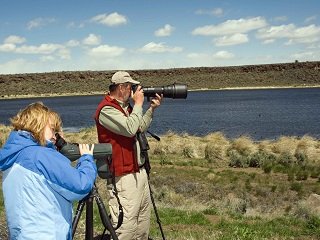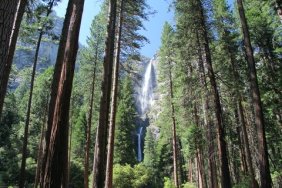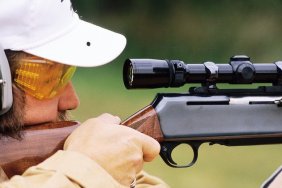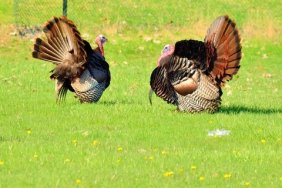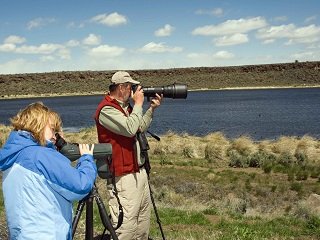 Venturing into the wilderness is an endeavor that appeals to outdoorsmen for a variety of reasons. Some of us yearn for and escape from city life, some enjoy the physical activity, others aim to catch glimpses of some of America’s rugged, majestic beauty, and there are several who yearn to capture such beauty through the eye of a camera lens. It takes a special eye, time, and practice to freeze the rare moments that occur in the wild, though, and today I’ve provided any aspiring photographers out there with a few tips to help add more quality shots to the portfolio.
Venturing into the wilderness is an endeavor that appeals to outdoorsmen for a variety of reasons. Some of us yearn for and escape from city life, some enjoy the physical activity, others aim to catch glimpses of some of America’s rugged, majestic beauty, and there are several who yearn to capture such beauty through the eye of a camera lens. It takes a special eye, time, and practice to freeze the rare moments that occur in the wild, though, and today I’ve provided any aspiring photographers out there with a few tips to help add more quality shots to the portfolio.
When you’re targeting a specific animal for photos, it’s smart to learn all you can about the species’ behavior. Using field guides and information gleaned from locals, research the animal’s peak times of activity, habitats, and take a look at photos others have taken to get ideas. For instance, birds will be at their most vibrant in the spring while deer and other ungulates are best to be photographed in the fall, when their antlers and coats are at their fullest.
One sure-fire way to miss out on good photos or become frustrated with photography altogether is not taking the time to familiarize yourself with your equipment. Take your camera out for several trips and practice using each setting. Try different shutter speeds, apertures, and filters to learn how each tweak of a dial affects the shot. Fast-moving creatures will require fast shutter speeds to freeze their movements in mid-flight, for example. Practicing as much as possible will allow changing the settings to become second nature.
Of course, it’s one thing to take a picture, but another to capture a photograph. Photography is an art form and applying your own creative eye to the photographs you take makes them unique. Employ the “Rule of Thirds” to divide the potential photo into a nine-square box and avoid taking too many centered shots of the subject. Some of the most dramatic and artistic shots I and others have taken contain an off-centered shot, a full-framed close-up of an animal’s eye, or a seemingly awkward angle. Don’t be afraid to lie down on the ground and get a little dirty now and then when taking photos; you’ll be pleasantly surprised with the results.
Don’t expect to get perfect shots on the first few trips out. Yes, it can happen, but if you go out expecting perfection, you might be disappointed. Be open-minded and patient, dress to blend in, and don’t be afraid to go against the grain when it comes to perspective. The beauty of photography is offering your own view of something and enabling others to view it as you see it, so do so with enthusiasm and pride and good luck!
